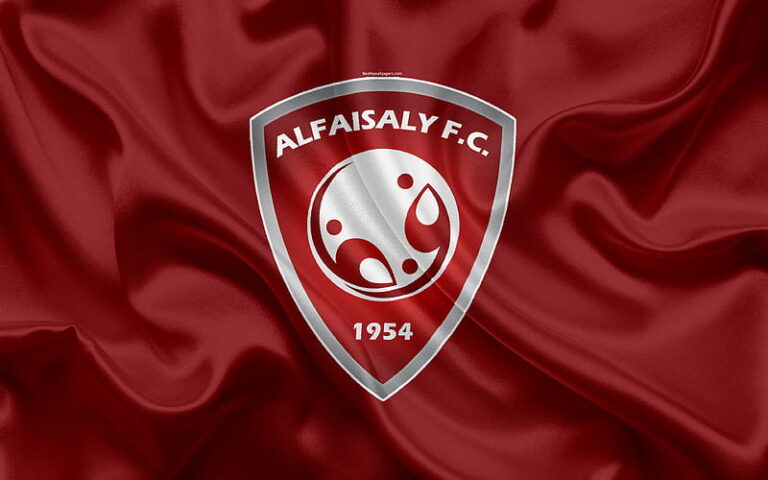
Dinamo Zagreb Football Club
The Dinamo Zagreb Football Club, one of the most storied clubs in Croatian football history, boasts a rich legacy that reflects both the cultural heritage and competitive spirit of its homeland. Founded in 1945, this club has made significant contributions not only to national sports but also to European competitions. With a loyal fan base, remarkable achievements, and a commitment to youth development, the Dinamo Zagreb Football Club has become synonymous with excellence in Croatian sports New88.
The History of Dinamo Zagreb Football Club
To truly understand the significance of the Dinamo Zagreb Football Club, it is essential to delve into its history, which showcases how it evolved over decades into a powerhouse of Croatian football.
Origins and Early Years
The roots of Dinamo Zagreb can be traced back to 1945, when several clubs merged into one, forming what would become a cornerstone of Croatian sports. Initially named “FD Dinamo,” the club’s establishment occurred during a time of political upheaval in post-war Yugoslavia. This meant that the club was not merely a sporting entity but also a symbol of national identity amidst the backdrop of a new communist regime.
As the newly formed club navigated its early existence, it faced numerous challenges ranging from financial hurdles to competition from other regional teams. However, despite these difficulties, Dinamo quickly carved out a niche for itself within the Yugoslav First League.
Rise to Prominence
The late 1940s and early 1950s marked a period of significant growth for the Dinamo Zagreb Football Club. The club underwent a rebranding that saw it redefine its identity and ambitions on and off the pitch. By the mid-1950s, the team had secured its first Yugoslav championship title and begun to attract increasing attention both locally and internationally.
One pivotal moment came in the 1960s when Dinamo Zagreb reached the semi-finals of the European Cup. This achievement put the club on the map as a formidable force in European football, showing that they could compete against some of the biggest names in the sport. The passionate fanbase began to grow, rallying behind their team and fostering an atmosphere that became synonymous with Dinamo matches.
Challenges and Triumphs
The 1990s were a tumultuous decade for Croatia, and consequently for Dinamo Zagreb. The breakup of Yugoslavia brought political instability, leading to alterations in leagues and competitions. Yet, amid this turmoil, Dinamo emerged stronger than ever. The club maintained its status within the league and continued to develop talented players who would go on to represent Croatia on international stages.


